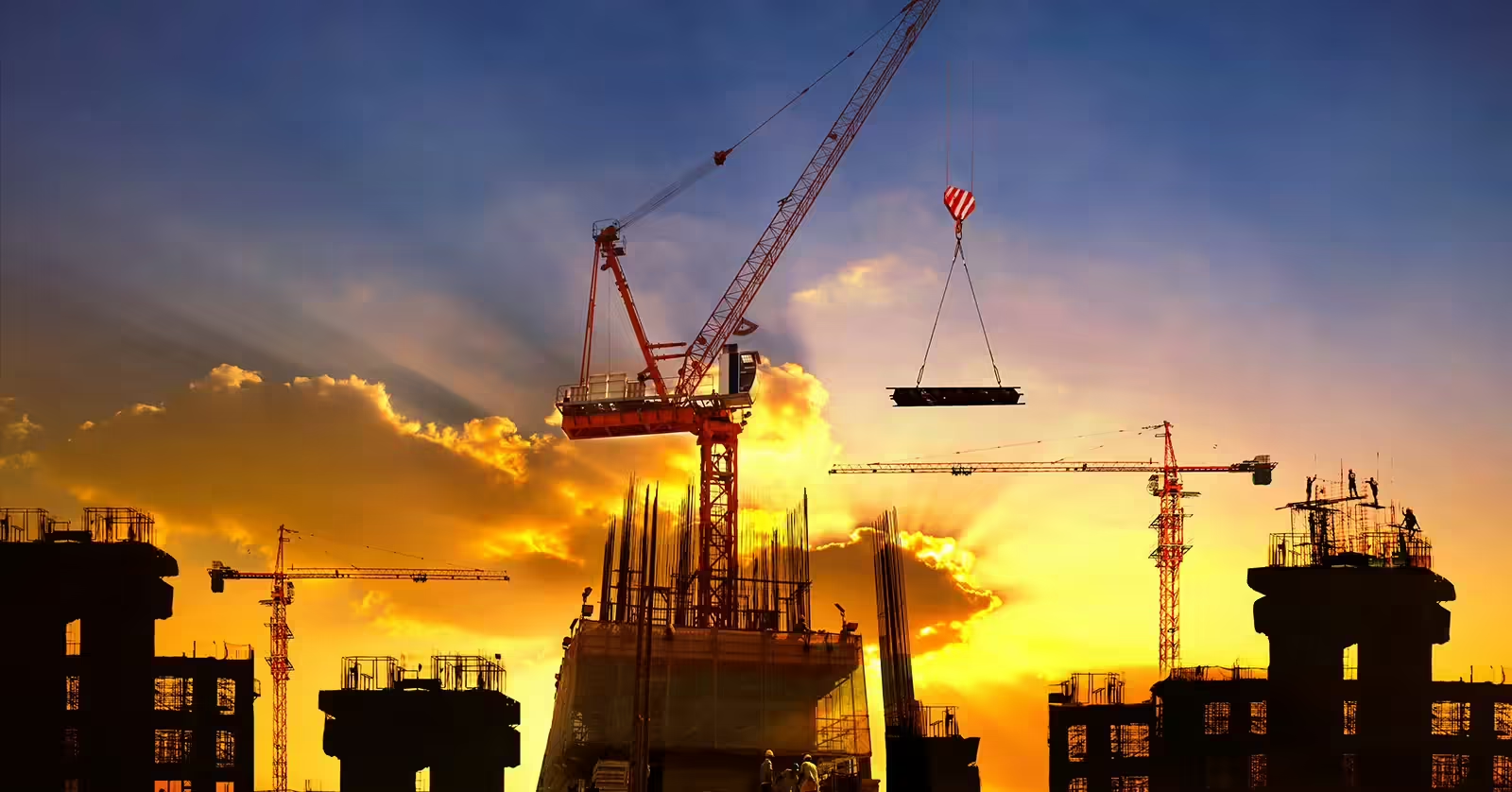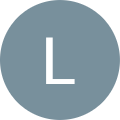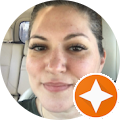Winch & Crane Accident Lawyer
Top-Rated Winch & Crane Accident Lawyers at Morrow & Sheppard LLP Have Handled A Variety Of Jones Act And Maritime Injury Claims In Texas And Louisiana
If you or a loved one was hurt by a crane or winch accident, the attorneys at Morrow & Sheppard LLP might be able to assist you in getting the compensation you deserve for your injuries. Our experienced lawyers have handled numerous crane and winch accident claims, including those involving deckhands and crewmen aboard ships, oil supply vessels, barges, and fishing boats. The Jones Act protects crewmen on ships and barges. If they can show that their employer was negligent in causing their injuries or that the ship is not seaworthy, they are entitled to damages for pain and suffering, lost wages, retraining expenses, and medical bills. Improper training, unseaworthiness, or faulty equipment might swiftly lead to a life-altering accident when working with cranes and winches. For additional information about how we can assist you following a crane or winch accident, please contact us for a free, confidential consultation. Winches and hoisting equipment are known causes of such injuries. The causes of winch injuries include:
- Personnel hoisting and transfer issues
- Spooling failures, jams, and tension issues
- Failure to conduct planned maintenance (“PM”) and issue specific maintenance
- Hands, arms, and other body parts being caught in moving equipment, which can result in loss of limbs and amputation
- Winch operator failure
- Failure to have a designated spotter to keep people out of the line of fire
- Failure to have warning signs, placards, and instructions
- Failure to provide proper training
- Failure to conduct required safety meetings
- Dropping suspended loads
How Can Winch And Crane Injuries Be Prevented
Our oilfield and offshore accident lawyers have encountered a number of winch and hoisting injuries. All of the winch accidents we have handled and reviewed could have been avoided if the companies involved had exercised reasonable care. Common failures and negligence which have caused winch and hoisting injuries in the oil and gas business include:
- Failure to utilize safer alternative work methods. As the International Association of Drilling Contractors (“IADC”) has recognized, oftentimes work can be performed in a safer manner without using winches and hoisting equipment. For example, in the personnel hoisting context, a land rig crew might wait until the derrick is laid down as opposed to performing work while the equipment is elevated. On an offshore rig or vessel, oftentimes equipment can be lowered for servicing as opposed to hoisting personnel to perform the work at height. Or in one case we handled, the crew of a seismic vessel unnecessarily used multiple winches to free a piece of equipment. They could have performed the operation without using more than one winch.
- Failure to properly plan the operation. Many times, winch and hoisting injuries result from proper planning. We have handled numerous cases where the company in charge – often company that crewed the vessel, a drilling contractor, or an oil company—failed to perform a job hazard analysis (“JHA”), job safety analysis (“JSA”), safe to perform (“STP”) meeting, pre-job checklist, or other job planning. In many cases our offshore injury lawyers have handled, if the companies had properly planned the job, there would not have been a winch or hoisting incident, and injury or death could have been avoided.
- Failure to use safety harnesses. In many cases, when working from height, a personnel hoisting harness should be required. A personnel hoisting harness may involve a full-body harness with a board or sling seat. The failure to require safety harnesses has caused injuries and deaths. The failure to use boatswains chair full harnesses with a triple action carabineer, or a bolt type shackle with a split pin or other retaining device, can also create a needless hazard.
- Failure to have task-specific winches and hoists. In some cases, workers may be put at risk where companies use multipurpose winches to lift personnel or freight, requiring manipulations and alterations for the job. Instead, safe companies may be required to use dedicated-use winches or dedicated personnel lifting winches.
- Failure to have engineering and mechanical controls. Sometimes companies perform hoist and winch operations using lifting equipment that does not have needed built-in hazard controls. These engineering solutions may include:
- load-lift mechanisms
- devices which control spooling speed
- automatic secondary brake systems
- emergency shutoff valves
- winches that do not allow the hoist drum to free wheel, as a line that can freely unspool can result in a load free falling and causing injury
- drum guards
- donut, guide, or other spooling mechanisms to ensure lines are wound evenly on the drum. Our offshore injury lawyers have handled a case in which our client was severely injured when the maritime crew performing the operation failed to have a winch guide, which resulted in the winch spools frequently jamming. One day, two winches jammed, which resulted in the vessel crew performing a haphazard line throwing operation to free the jams. This involved using various hooks and anchor points that created a needless risk of injury.
- Lines which are load tested and rated for the appropriate load size and weight
As the Occupational Safety and Health Administration (“OSHA”) has long maintained, the number one way to prevent hazards is through “engineering controls” which reduce the likelihood that potential human error could cause an incident. As OSHA has explained, “The first and best strategy is to control the hazard at its source. Engineering controls do this, unlike other controls that generally focus on the employee exposed to the hazard. The basic concept behind engineering controls is that, to the extent feasible, the work environment and the job itself should be designed to eliminate hazards or reduce exposure to hazards.”
- Failure to train workers. Many injuries have been caused by inattentive or improperly trained winch operators. Many winch operators are never even provided a copy of the winch operation manual provided by the manufacturer.
- Failure to adequately staff operations. Frequently, companies cut corners by failing to have a “spotter” or observer to make sure that personnel is not put in harm’s way during winch operations. This can result in serious injury or death.
Safety Rules For Winches, Cranes, And Lifting Equipment
Past incidents involving winches, hoists, personnel baskets, cranes, and other lifting equipment have caused many deaths and serious injuries. Common winch, hoist, crane, and lifting equipment injuries include neck injury requiring surgery, back injury requiring surgery, amputation (including loss of arms, legs, fingers and toes), crush injury, head injury, full paralysis and partial paralysis. To prevent future injury, various professional organizations whose work involves oil and gas, construction, offshore, industrial, and maritime work have prepared safety rules and recommendations related to winches, hoists, cranes, personnel baskets, and other lifting equipment. These organizations include the Occupational Health and Safety Administration (“OSHA”), American Petroleum Institute (“API”), American National Standards Institute (“ANSI”), The Oil Companies International Marine Forum (“OCMIF), American Bureau of Shipping (“ABS”), Der Norske Veritas (“DNV”), American Society of Mechanical Engineers (“ASME”) and the U.S. Department of the Interior’s Bureau of Safety and Environmental Enforcement (“BSEE”) and Bureau of Ocean Energy Management (“BOEM”). Safety rules that apply to winch operations and lifting operations may include the following:
Reported Winch And Hoisting Injury And Death Lawsuits
Past reported cases involving winch, hoisting, and maritime basket transfer injuries, including serious injury and death, include the following:
Morrow & Sheppard Have Helped Hundreds Of Workers And Family Members Affected By Serious Work Injuries And Maritime Injuries
The winch & crane accident lawyers at Morrow & Sheppard LLP have handled hundreds of offshore injury cases in Texas and Louisiana. These cases have involved things like winches, basket transfer failures, equipment malfunctions, line handling failures, fires, explosions, and unseaworthy vessels. Our firm has recovered millions of dollars for clients who have been maimed, burned, sustained serious neck and back injuries requiring fusion and other surgeries, suffered head injuries, and been fully paralyzed or partially paralyzed due to work-related injuries and maritime injures. We have represented many families in wrongful death cases seeking answers when a loved one has died on the job. If you or a loved one has been injured while working on a vessel, contact a top-rated winch & crane accident attorney at Morrow & Sheppard LLP. Our experienced lawyers will review your case and determine whether they believe you have grounds for filing a suit against an at-fault party. We offer free consultations to all of our clients who are interested in taking legal action.


















































